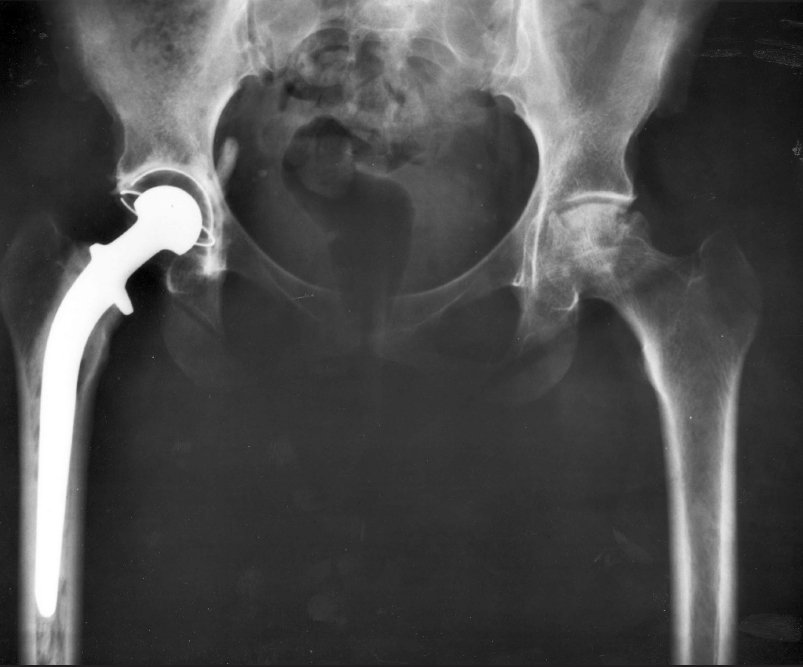
OxyContin is a classic case of a good drug gone bad. A highly effective drug for the relief of long-lasting pain, it has become among the most widely abused narcotics, sometimes with fatal consequences. Introduced to the American market in 1939, it was intended to be comparable to morphine in relieving pain when taken orally, but less likely to cause addiction. For many years oxycodone remained just one of many narcotics.
Oxycodone (5–10 mg) is now most often used with aspirin (a combination called Percodan) or acetaminophen (a combination called Percocet) to relieve moderate-to-moderately severe pain for a four-hour period, but some pains, such as those associated with cancer, may persist over extended periods or for the rest of a patient’s life. In such cases, continuous pain relief is required around the clock. Recognizing this need, in 1996, Purdue Pharma introduced a specially formulated tablet that released oxycodone slowly over twelve hours. This was OxyContin. Purdue aggressively promoted OxyContin to physicians, claiming it caused only a modest high, had low abuse potential, and could be abruptly stopped without producing the withdrawal effects seen with other narcotics.
HILLBILLY HEROIN. OxyContin was an immediate success with physicians and patients alike and rapidly became a leading painkiller. Sales leaped six-fold between 1997 and 2005, and in 2008 sales were $2.5 billion in just the U.S. market. However, OxyContin also gained overnight popularity among addicts, who discovered that when the tablets were crushed, the entire contents of oxycodone were released at once. When injected or snorted, users experienced an immediate, intense high comparable to that of heroin. Its early popularity in rural Appalachia, later extending nationwide and internationally, led to its sobriquet, hillbilly heroin.
New nonmedical users of OxyContin numbered some half million in 2008. In 2010, a new plastic-coated tablet—said to be more resistant to being broken, crushed, or dissolved and injected—was introduced. Narcotic painkillers, including OxyContin, have been estimated to have been involved in 15,000 overdose deaths annually. Nevertheless, grossly misleading claims (misbranding) and advertising about the safety and abuse potential of OxyContin led the Food and Drug Administration to impose a $634 million fine against Purdue in 2007.
SEE ALSO Morphine (1806), Heroin (1898), Aspirin (1899), Food and Drug Administration (1906), Acetaminophen/Paracetamol (1953).

OxyContin and other opioids are used to control severe postoperative pain, as might be experienced after a hip replacement. In this image, the hip joint on the left has been replaced with a metal prosthesis.